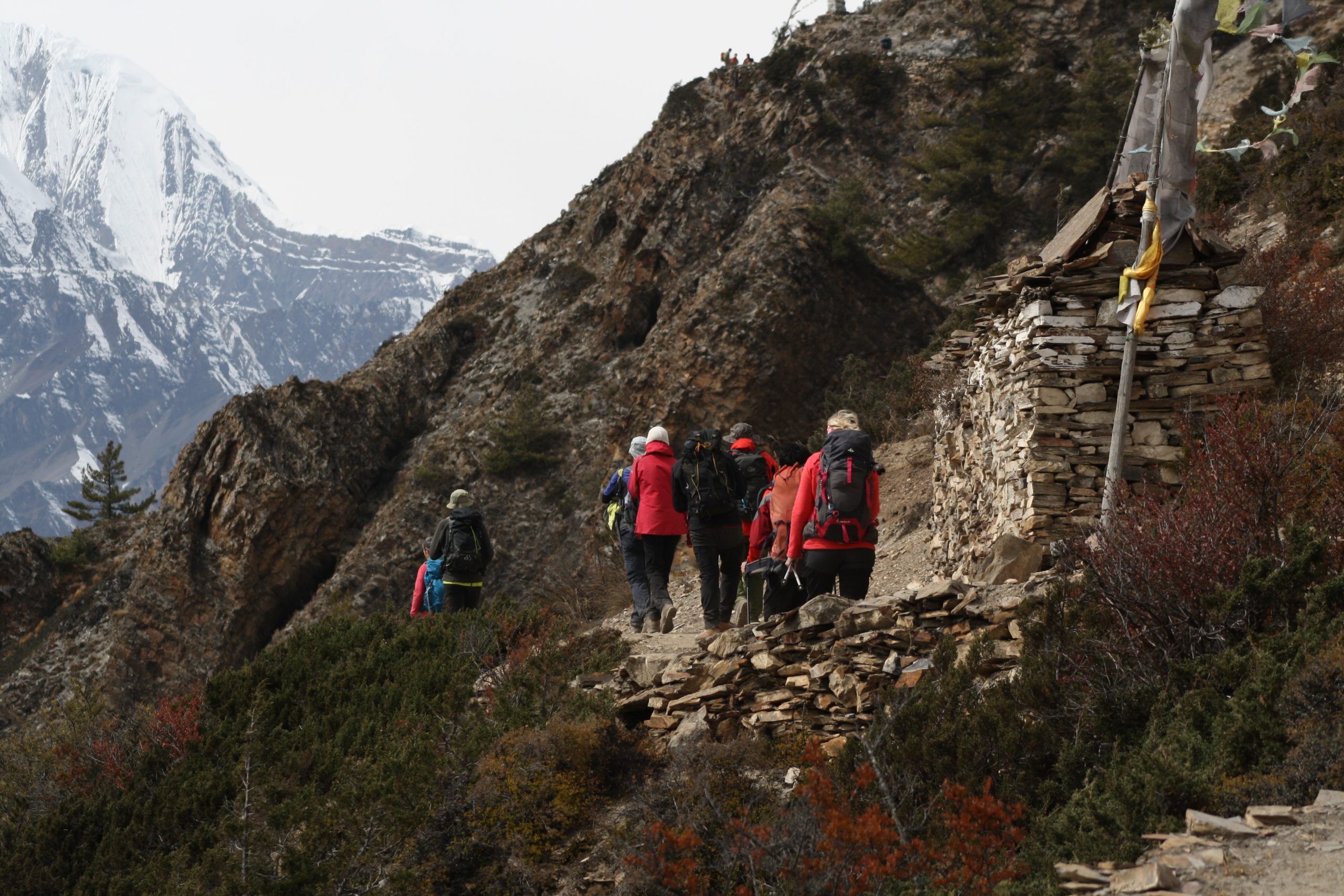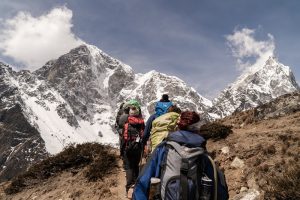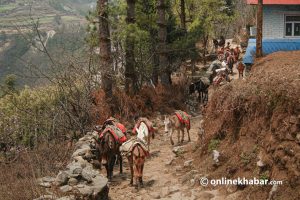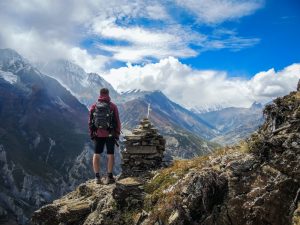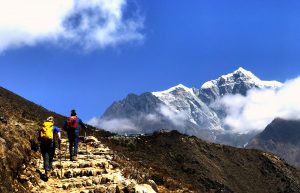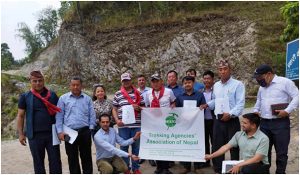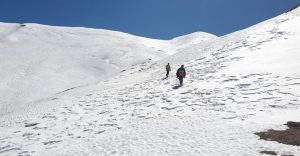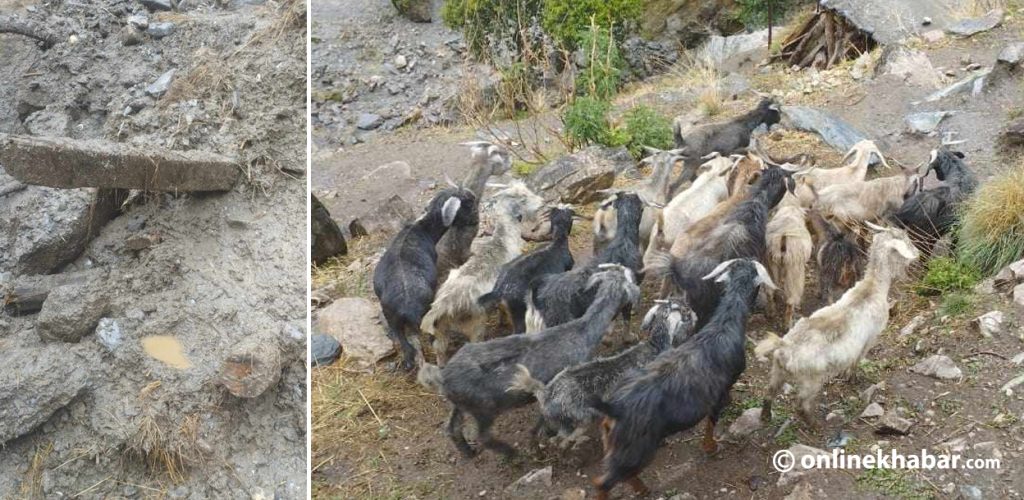Jason Walker and his wife Jennifer came to Nepal in October 2021. Having heard a lot of the Shey Phoksundo, they wanted to experience the lake and Dolpa first hand. But, the couple found it very hard to find a trekking guide that would take them there. As the trails around the Dolpo circuit is not marked well, most guides are hesitant to do the route and the couple were left frustrated when they could not meet anyone.
“We went to Langtang instead. It wasn’t our preferred destination but it sucked not being able to go to Dolpo,” says Walker.
The Covid pandemic has broken Nepal’s tourism industry. The most affected by it are trekking guides whose only sources of income are guiding foreigners around Nepal. Due to a loss of income for several months, a lot of Nepal’s experienced trekking guides are quitting the profession and are doing something else.
This has left a gap in the industry as many guides do not want to go to remote places in the country. This in the long run will cause a lot of problems when the country starts to see a rise in the number of tourists, say stakeholders.
The broken balance
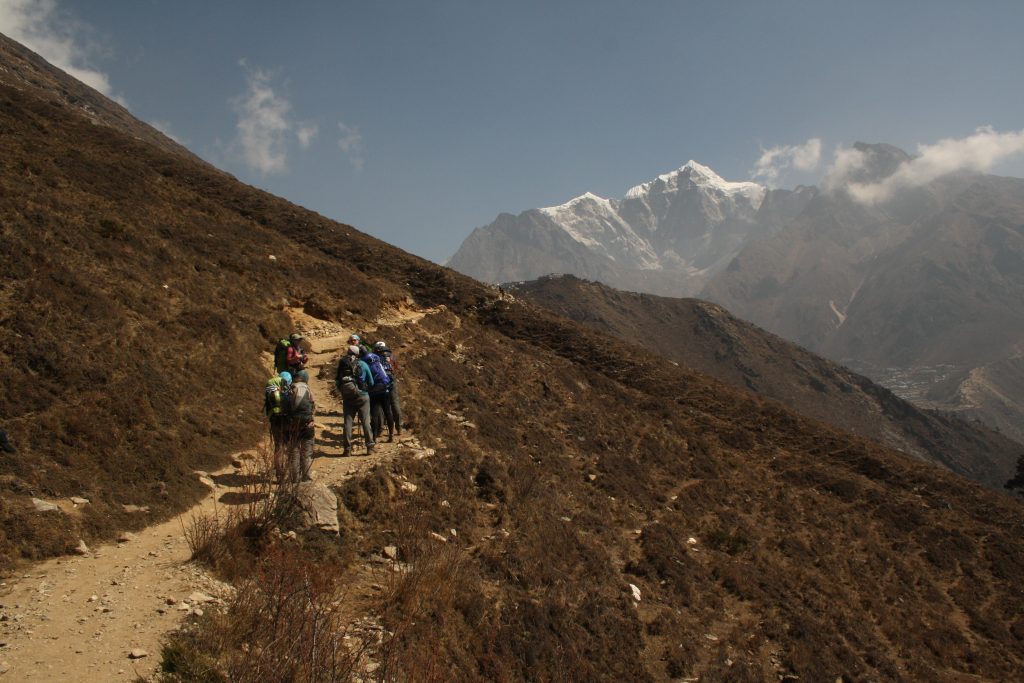
Three years ago, Sandesh Regmi, 33, from Dharka Phedi in Dhadhing was guiding a group of four Americans to the top of Throng La. As a trekking guide, his life was going well. He would guide 10 groups a year and be making enough money to survive in Kathmandu.
But, in March 2020, everything changed for him. The Covid pandemic and the lockdown meant he had no work. He had hoped things would get better in 2021, but they did not. After a lot of contemplating, Regmi, who had been in the field for over a decade, decided to leave Nepal.
“Covid hit me hard,” says Regmi from his room in Dubai where he works at a packaging factory. “I had to give up a career that was close to my heart because I had loans to pay off. I don’t know for certain if I’ll get back to it when I come back, but I really miss it.”
“A lot of my friends have left too because there’s no money in it right now. We all have bills to pay and children to educate. I think many won’t return,” says Regmi.
According to the Trekking Agencies Association of Nepal (TAAN), there are over 15,000 trekking guides in the country. These guides are of different skill levels.
Those that are new to the industry have a basic guiding level and only try and do commercial routes like the Annapurna Base Camp or Everest Base Camp. TAAN officials say that they choose these routes because many have been there before as porters and find it convenient to do so. But, when it comes to areas like Dolpa or Kanchenjunga, people find it hard to find guides.
Shiva Bastakoti, a trekking guide based in Kathmandu, says the number of guides to go to these places are low because most tourists usually do not go to places like Dolpa or Kanchenjunga. He says that due to rising costs and the need to set up camps, most tourists also refrain to go these places.
“You need to take around six people to cater to the need of two tourists. When that happens, the cost will rise. Yes, there aren’t experienced trekking guides who go there, but with a lack of demand and high cost, even an experienced one will want to go guide along the comfortable commercial routes around,” says Bastakoti.
He says the around 20 per cent of trekking guides he knows have quit guiding and are doing other things. Some have started their own business, many have gone back into farming while a majority have left Nepal to work in the Gulf countries.
Blame on the government
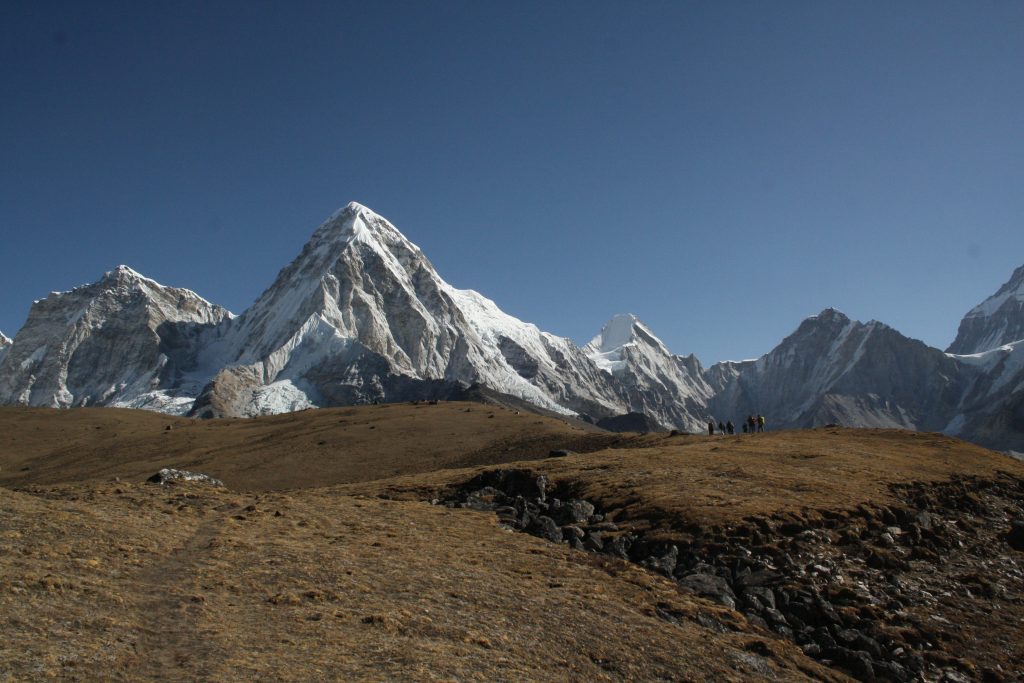
Chura Mani Aryal of Navigate Outdoors, a tour operator based in Kathmandu, says the equation has turned dysfunctional due to the government not paying much attention to the sector that is a major contributor to the country’s GDP.
“These trekking guides that have left due to frustration. They spend years training and honing their skill and when a crisis like the pandemic hits them, the government offers no help. It’s a sad reality,” says Aryal.
He says while the government is helping big trekking agencies, smaller companies are not being looked at, which will cause issues in the long run.
“It’s guides and the tea houses that should be helped, not major corporations. The government policies are ridiculously bad,” he adds.
Even TAAN’s president Khum Bahadur Subedi agrees that more needs to be done to retain trekking guides. He says the government needs to invest in the people who are currently in the industry and make sure they have the skills to read maps, the ability to conduct a rescue and detailed knowledge about first aid.
“We have to produce skilled guides because you never know what goes on in the mountains and we have been doing these training regularly in coordination with other agencies. But, now an effort needs to be put by the government too,” says Subedi.
Meanwhile, Sandesh Regmi feels his time is as a trekking guide is up. He feels that neither the company he worked for nor the government took care of him during bad times. He says that while he does miss going out, he will only be guiding the foreign friends he made during his career as a guide.
“Nepal doesn’t care about us and that is a fact. I will come back to Nepal after my contract here is over,r but when I do, I will not guide because I’ve realised that it is not a secure enough job,” says Regmi.



